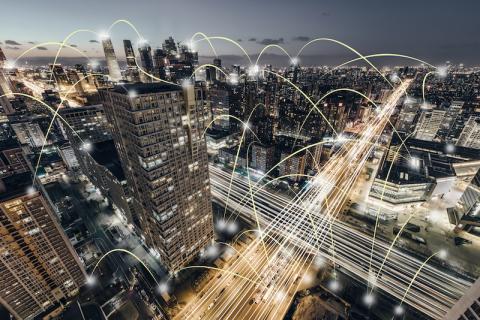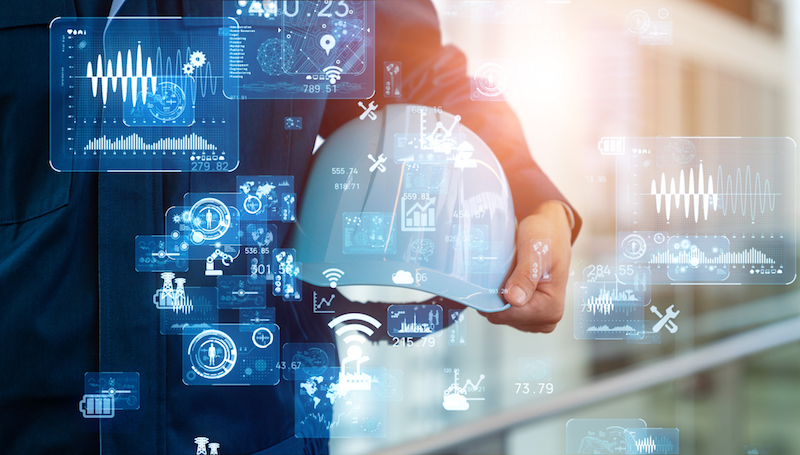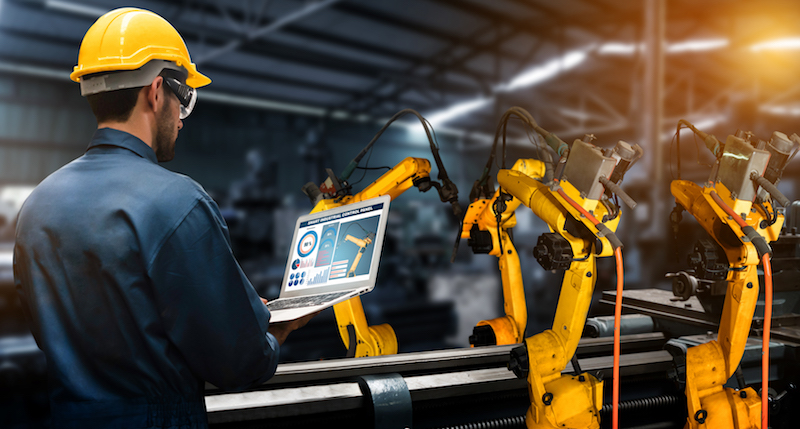Online Technical Training Blog

The Rise of IoT
The Internet of Things (IoT) has quickly grown from a futuristic idea or concept into reality as the number of connected devices and systems grows exponentially each year. These internet-connected devices will increasingly affect our lives, both in our homes and at our jobs, and in other ways we may not have ever imagined.
The use of IoT connected devices, applications, and systems has been on a steep incline and will continue that upward path for at least the next five years. What does this mean for IoT and ancillary market sectors? Or for the workforce in general? This article will explore IoT as a whole, why IoT is growing, and the implications around this unexpected upward growth projection.
What Is IoT?
IoT is an all-encompassing term that refers to a myriad of technologies, applications, and use cases. IoT types of devices are equipped with technologies that sense, connect, communicate, capture, and discern data.
Gartner defines IoT as “a network of dedicated physical objects (things) that contain embedded technology to communicate and sense or interact with their internal states or the external environment. The connecting of assets, processes and personnel enables the capture of data and events from which a company can learn behavior and usage, react with preventive action, or augment or transform business processes. The IoT is a foundational capability for the creation of a digital business.”
Specifically, as IoT connected devices increase across industry sectors, three areas will be of keen interest to employees across the board. These areas include: IoT and workplace safety, IoT and employee productivity, and IoT and security.

IoT and Workplace Safety
We are all aware of the various IoT devices that are keeping us safe and secure in our homes, in our cars, and while we are outside walking. IoT and personal safety consists of everything from surveillance systems (e.g., ADP, Ring, and Nest doorbells), lighting, cameras, and appliances that connect via WiFi Internet connections to our phones, laptops, or other mobile devices.
These same types of devices that offer convenience, safety, and comfort in our homes are the same devices and technologies that impact the safety and security of the workplace.
For example, some of the IoT-enabled devices being used in office buildings, warehouses, and manufacturing facilities include data collection devices, environmental monitoring, and maintenance sensors.
The active collection of data seeks to provide various workplace departments insights into current or future issues that can cause a great impact on their company’s overall health. This includes such issues as employees’ mental health, occupational health, and can create strategies to offer employees more safety and security.
IoT sensors can monitor environmental conditions within an office, warehouse, or factory and provide information back to HVAC systems. This aids in making corrections or alterations as internal and external temperatures change so that a building remains both comfortable for employees, but also provides increased energy efficiency.
With the assistance of monitors and sensors inside of various machines, data can be forwarded to other connected devices that utilize machine learning algorithms. This can model and predict potential maintenance issues.

IoT and Employee Productivity
Internet connected devices have been increasing employee productivity for many years now. Utilizing these IoT devices and applications are changing the workplace in ways never imagined, even a few short years ago.
IoT is increasing the productivity of workers by freeing up time from repetitive or time-consuming tasks so they can do more complex work. For example, manufacturers in warehouses can accurately keep track of available resources and monitor their supply chain. IoT devices also circumvent the need for manual documentation and help reduce issues that arise from human error.
Smart tags and RFID sensors are also efficiently tracking and controlling inventory. Janitorial staff could become more efficient through IoT sensors that alert them to not clean specific rooms, or to help them navigate to and focus on heavy-traffic areas. Wearable devices are even being used to track employee actions and provide data to management, so they can make real time adjustments on activities on the factory floor or in the conference room.
IoT and Security
The rise of IoT devices is being harnessed by companies to secure the safety of their assets – digital as well as both human and physical.
Each connected device is a potential gateway into a company’s digital network and is a big concern as more devices become connected. A simple Distributed Denial of Service (DDoS) attack could quickly have a ripple effect with billions of connected devices around the globe.
However, these devices can also monitor themselves to provide security from hackers. For example, some of the monitoring and security options include 24/7 monitoring of digital devices and networks, sensors and cameras, and wearable devices for employees.
24/7 monitoring is providing corporations and manufacturing plants with the option to continually monitor their networks and various digital devices. This helps them sense and predict possible cyber crimes. Similar to in-home security devices, workplace devices can be used to monitor both worker and physical location safety and security. Although controversial, these devices can be used proactively to mitigate harmful situations for all employees while they are active at a company’s offices or workplace.
Wearable devices can help improve the health and safety of employees while on the job site or if they are traveling for work. Through monitoring, a company can make determinations of where processes can be streamlined to increase safety and efficiency.
The Rise of IoT: Good for Employees
IoT is here and growing. Employees from all industries are already using IoT connected devices and will continue to do so in the years to come. Changes will continue to take place as more IoT devices, applications, and systems are onboarded.
Knowing what to expect or at least knowing that change should be expected is key to working with IoT devices, rather than being worried by their presence and any related workplace change.
Training on the use of IoT devices will continue to increase at a rapid pace as IoT devices increase across industries.
The GBC Tech Online Certificate is uniquely positioned to provide training and educational insights for individuals who work closely with digital devices in all types of different industries.


